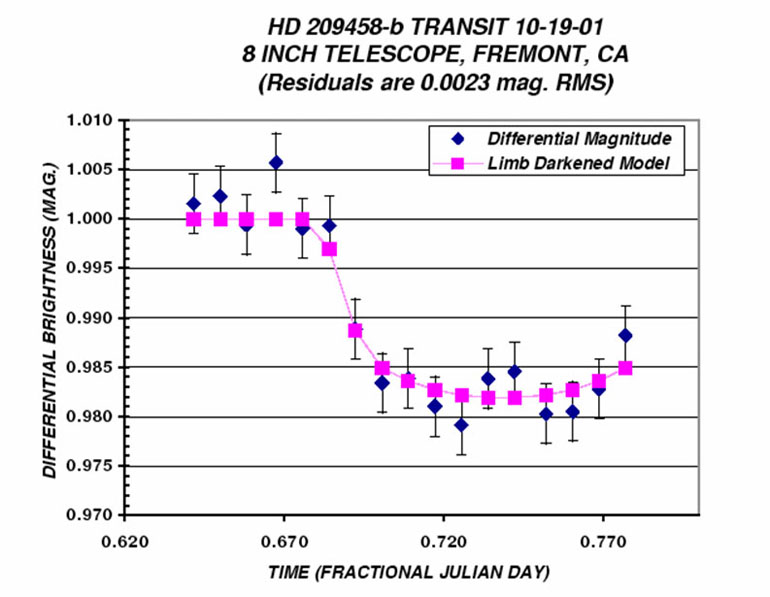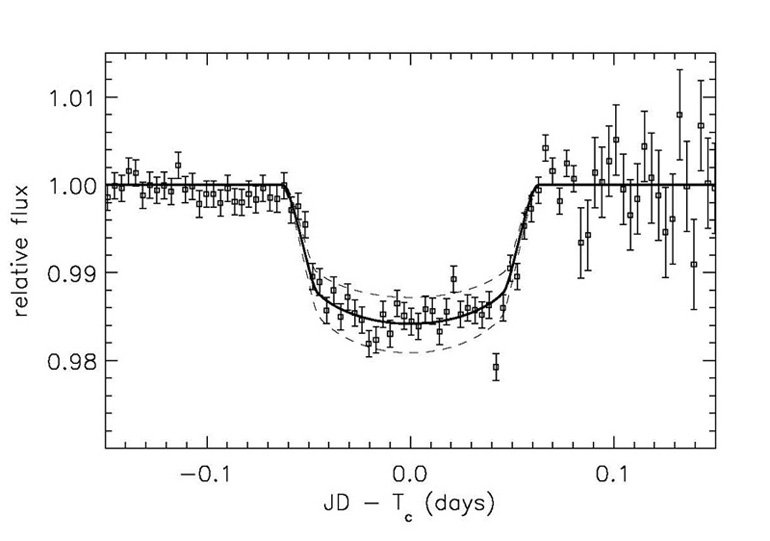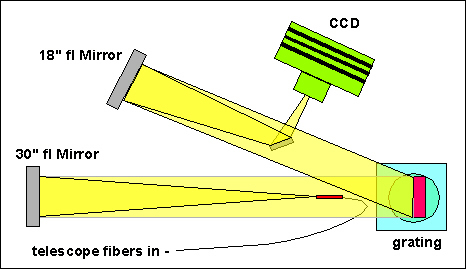Amateur Detection |
| Amateur astronomers can detect exoplanets from their back yards! While finding new planets is probably not possible from a backyard telescope, the professionals have a list of known planets for us to examine.
This is important for two reasons:
Organised searches like Transitsearch.org can provide interested amateurs with a list of targets for continual study. Best of all, this data is used by professional groups! The most successful type of data collection by the amateur is through the photometric change in stellar brightness – or the transit method. Only a handful of stars will have a planet cross the surface of the star, none-the-less continual data of these sources are needed – this frees up the professional’s time to focus on the more obscure methods of detection.
As a planet passes over the portion of the star facing us, the light curve of the star drops for a time. As the planet passes through, the light curve returns to normal. The image below shows a typical setup for an amateur to capture images of the transit:
That is an 8 inch Schmidt-Cassegrain telescope with a 765×510 pixel CCD camera – total cost is about $4000.00 – not bad! The light curve from this telescope is below:
Compare that to a professional light curve:
In other words, the curve is identical. A group from Spectrashift.com has taken the amateur detection to the next level. Using professional specifications for a home-built spectrometer attached to a 16 inch telescope, this group was able to detect the radial velocity from Tau Boo II, a star with a known planetary system.
The image above shows their 16 inch telescope with custom-made fibre optic cable (running along the ground to the left of the image). This fibre is connected to a large, table mounted spectrometer using this design:
A more detailed look at this spectrometer is available in Stephen F. Tonkin’s book Practical Amateur Spectroscopy. |





